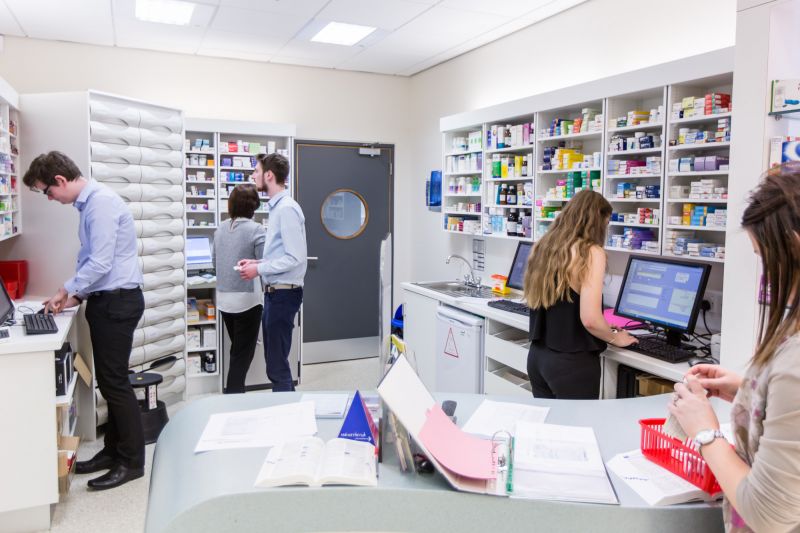Summary
G-quadruplexes (G4s) are non-canonical nucleic acid structures formed by guanine-rich DNA sequences and stabilized by Hoogsteen hydrogen bonds and monovalent cations. These structures are biologically significant, particularly in telomeres and promoter regions, where they regulate transcription, replication, and genomic stability.
While recent breakthroughs such as AlphaFold3 have revolutionized protein and RNA structure prediction, they currently fail to reliably generate correct G-quadruplex structures from sequence alone. These AI models are largely trained on protein-centric datasets and lack sufficient architectural constraints or topological formalism necessary for capturing G4 diversity. Despite the presence of many experimentally determined G4 structures in the Protein Data Bank (PDB), there is no dedicated AI pipeline that maps a single-stranded DNA sequence to a valid 3-loop G4 fold.
This project addresses the critical gap in predictive capabilities for non-canonical DNA folding—specifically in translating sequence to realistic three-loop G4 structures. Bridging this gap requires a model that can integrate biological sequence input with structural constraints defined by G4 topological formalism.
Objectives of the research:
To develop a hybrid AI pipeline that predicts three-loop G4 structures from sequence by extending AlphaFold’s sequence-to-structure functionality with a specialized deep learning model trained on known G4 topologies.
Structural Bioinformatics: Extraction and annotation of known G-quadruplex (G4) structures from the Protein Data Bank (PDB) using topological classification frameworks, particularly the formalism described by Silva et al.
Machine Learning / AI: Design and training of a neural network—likely a transformer or graph neural network (GNN)—to learn sequence-to-topology relationships based on curated G4 datasets. Training will use PyTorch or TensorFlow.
Deep Learning Integration: Modification of AlphaFold3 components (if source code access is available) to integrate the trained G4 prediction model into a custom structure generation pipeline.
Scripting and Automation: Development of Python-based scripts for sequence parsing, structure annotation, and prediction pipeline automation.
Skills required of applicant:
An interest in learning the skills mentioned in the methods section. A background in Chemistry, Pharmacy, Biomedical Sciences, Engineering, Data Science or related sciences.
Essential criteria
Applicants should hold, or expect to obtain, a First or Upper Second Class Honours Degree in a subject relevant to the proposed area of study.
We may also consider applications from those who hold equivalent qualifications, for example, a Lower Second Class Honours Degree plus a Master’s Degree with Distinction.
In exceptional circumstances, the University may consider a portfolio of evidence from applicants who have appropriate professional experience which is equivalent to the learning outcomes of an Honours degree in lieu of academic qualifications.
- Experience using research methods or other approaches relevant to the subject domain
- Sound understanding of subject area as evidenced by a comprehensive research proposal
- A comprehensive and articulate personal statement
- Clearly defined research proposal detailing background, research questions, aims and methodology
Desirable Criteria
If the University receives a large number of applicants for the project, the following desirable criteria may be applied to shortlist applicants for interview.
- Sound understanding of subject area as evidenced by a comprehensive research proposal
- Work experience relevant to the proposed project
Equal Opportunities
The University is an equal opportunities employer and welcomes applicants from all sections of the community, particularly from those with disabilities.
Appointment will be made on merit.
Funding and eligibility
This opportunity is open to UK/ROI applicants only.
MRes studentships will be available to top ranked candidates to cover tuition fees and a Research Training Support Grant of £900. All applicants will be considered automatically for an MRes studentship. Applicants who do not receive a studentship but meet admission requirements may be offered admission on a self-funded basis.
Applicants who already hold an MRes or a doctoral degree or who have been registered on a programme of research leading to the award of an MRes or doctoral degree are NOT eligible to apply for an award. Applicants who hold or who are registered on a taught Master’s degree are eligible to apply.
Recommended reading
Dvorkin, S. A., et al (2018). Encoding canonical DNA quadruplex structure. Science Advances, 4(8), eaat3007.
Abramson, J et al (2024). Accurate structure prediction of biomolecular interactions with AlphaFold 3. Nature, 630(8016), 493.

















